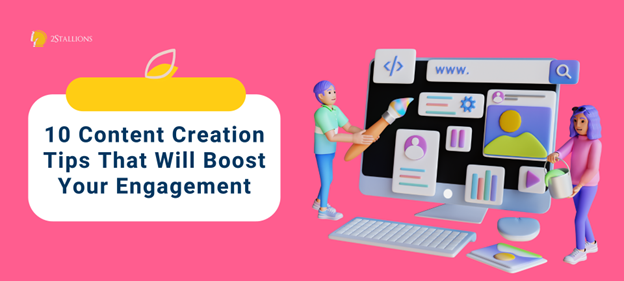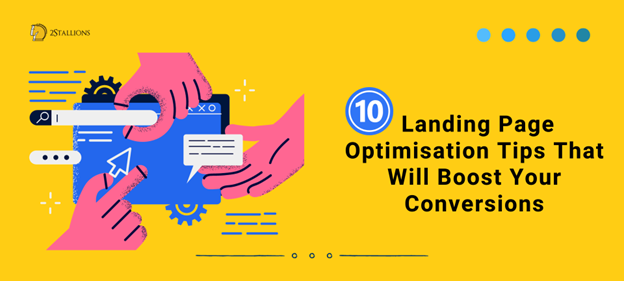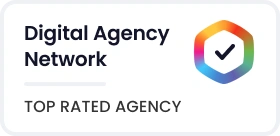Content
SHARE

In the domain of digital marketing, the term ‘Ad Group’ is a fundamental concept that plays a pivotal role in the success of online advertising campaigns. This article will unravel the details of Ad Groups, their function, importance, and how they fit into the broader context of digital marketing.
Ad Groups are a crucial component in the structure of Pay-Per-Click (PPC) campaigns, serving as a bridge between the campaign itself and the individual advertisements. They allow marketers to organise their ads according to shared themes, allowing easy campaign management and optimisation for maximum effectiveness.
Ad Groups Awareness
At its core, an Ad Group is a collection of related ads that share the same set of keywords. These keywords are the terms or phrases potential customers might use when searching for a product or service on a search engine. By grouping ads with similar keywords together, marketers can ensure that the right ads are shown to the right audience at the right time.
Ad Groups are not standalone entities; they exist within the framework of a PPC campaign. A single campaign can contain multiple Ad Groups, each targeting a different set of keywords. This hierarchical structure allows for a high degree of control and flexibility in managing online advertising efforts.
Components of an Ad Group
An Ad Group is composed of several key components, each playing a unique role in the group’s functionality.
These components include:
- The ads
- The keywords (trigger ads)
- The landing pages (location the ads lead)
The ads within an Ad Group share a common theme/message and are closely related. They are designed to appeal to a specific audience segment, defined by the keywords associated with the Ad Group. The keywords link the user’s search query and the ads displayed, determining when and where the ads are shown.
Function of Ad Groups in PPC Campaigns
Ad Groups play a crucial role in the success of PPC campaigns. They allow precise targeting of ads, ensuring the right message reaches the right audience. By grouping related ads together, marketers can tailor their messages to specific audience segments, improving the relevance and effectiveness of their ads.
Furthermore, Ad Groups provide a framework for testing and optimising ads. Marketers can experiment with different ad variations within an Ad Group, tracking their performance and making adjustments to maximise results. This iterative process is key to achieving success in digital marketing.
Creating Effective Ad Groups
Creating effective Ad Groups is both an art and science. It requires a deep understanding of the target audience, clear definition of campaign goals, strategic approach to keyword selection and ad creation.
The first step in creating an Ad Group is to define its purpose within the context of the overall campaign. This involves identifying the specific audience segment the Ad Group is intended to reach and the key messages it will convey. The next step is to select relevant keywords that the audience segment is likely to use when searching for the product or service being advertised.
Keyword Selection
Keyword selection is a critical aspect of creating effective Ad Groups. The chosen keywords should accurately reflect the interests and search habits of the target audience. They should be specific enough to attract qualified traffic, but broad enough to reach a sizable audience.
There are various tools and techniques available to assist in keyword selection which are keyword research tools, competitor analysis, and search query reports. These resources provide valuable insights into the keywords to drive traffic and conversions.
Ad Creation
Once the keywords have been selected, the next step is to create the ads. These should be crafted to appeal to the target audience, with compelling headlines, clear calls to action, and relevant ad copy. The ads should be closely aligned with the keywords and the landing pages associated with the Ad Group to ensure consistency and relevance.
It’s also important to create multiple ad variations within each Ad Group to allow testing and optimisation. The comparison of different ad variation performances allows marketers to identify effective messages, formats and adjust their strategy accordingly.
Managing and Optimising Ad Groups
Creating an Ad Group is the first step in the process. Once the Ad Group is live, it’s important to monitor its performance and make adjustments as needed to maximise its effectiveness. This involves analysing key performance indicators (KPIs), testing different ad variations, and refining the keyword list.
Key performance indicators for Ad Groups include metrics like click-through rate (CTR), conversion rate, and cost per conversion. The effectiveness and the guide on optimisation efforts of the Ad group can be gained from these metrics.
Ad Testing
Ad testing is a crucial aspect of managing Ad Groups. Creating multiple ad variations and comparing their performance can identify the most effective messages and formats. This process, known as A/B testing, involves changing one element of an ad (such as the headline or call to action) and comparing the results to a control version.
For continuous significant improvement in campaign performance, Ad testing should be an ongoing process, with new variations being tested and optimised on a regular basis.
Keyword Refinement
Keyword refinement is crucial to ensure that the right audience is being targeted. This involves regularly reviewing the keyword list and adding, removing, or adjusting keywords as needed based on their performance.
Keyword refinement also involves adjusting keyword match types, which determine how closely a user’s search query must match the keyword for the ad to be shown. This can be a powerful tool for controlling the reach and relevance of ads.
Conclusion
In conclusion, Ad Groups are vital components for successful digital marketing campaigns. They provide a framework to organise ads, manage ads, precise targeting, testing, and optimisation. By understanding the role of Ad Groups, marketers can create more effective campaigns to achieve better results.
Take the time to understand Ad Groups, and use them to their full potential in your digital marketing efforts. Understanding and mastering Ad Groups is essential as they are the building blocks of PPC campaigns, leading to significant improvements in campaign performance.
Ad Group FAQs
What is an ad group in digital marketing?
An ad group is a container within a digital advertising campaign that holds a set of ads, which share similar targets and keywords. It allows marketers to segment their campaigns for better control over which ads are shown to specific audiences based on their search queries or behaviours.
How does organising ad groups benefit a campaign?
Organising ad groups benefits a campaign by allowing for more granular targeting and tailored ad copy. This structure helps in delivering more relevant ads to different audience segments, potentially increasing the effectiveness and efficiency of campaigns by improving click-through rates and conversions.
What are best practices for setting up ad groups?
Best practices for setting up ad groups include grouping ads based on a common theme or product, using relevant and specific keywords for each group, and creating concise, targeted ad copy that directly addresses the interests of the audience targeted by each ad group. Regularly reviewing and refining ad group structure based on performance data is also crucial.
How should advertisers approach keyword selection in ad groups?
Advertisers should select keywords that are closely related to the theme of the ad group and the intent of the target audience. Using a mix of broad, phrase, and exact match keywords can help capture a wider range of queries while still being targeted enough to draw in relevant traffic. It’s important to continually analyse and adjust keyword strategies based on performance metrics and market changes.












